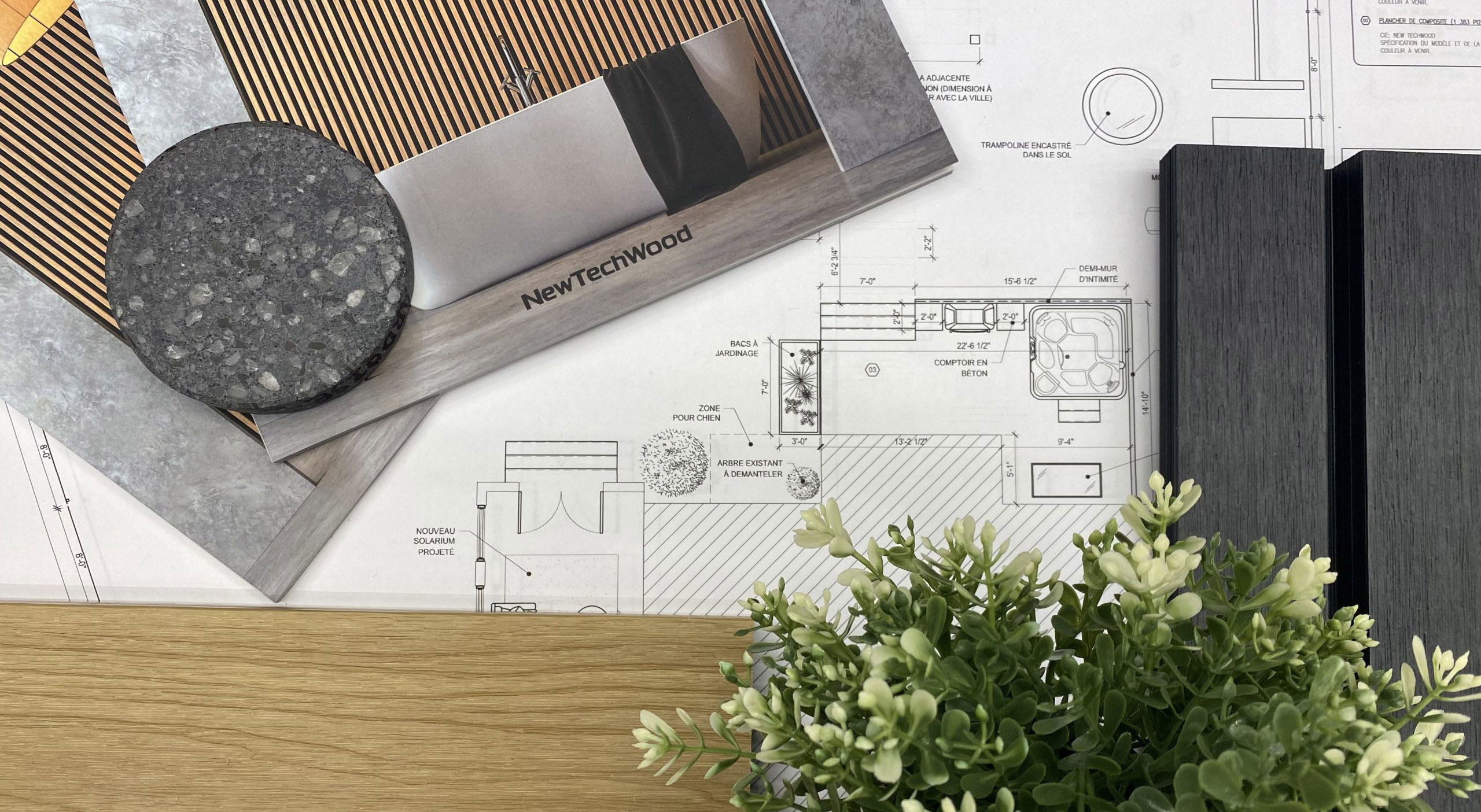WHY US

For Professional
Discover our new products, our technical data sheets, our installation guides, our brochures and our samples.
Visit Professionals section
INSPIRATIONS

For Professional
Discover our new products, our technical data sheets, our installation guides, our brochures and our samples.
Visit Professionals section
PRODUCTS

For Professional
Discover our new products, our technical data sheets, our installation guides, our brochures and our samples.
Visit Professionals section
RESOURCES

For Professional
Discover our new products, our technical data sheets, our installation guides, our brochures and our samples.
Visit Professionals section
Your Project

For Professional
Discover our new products, our technical data sheets, our installation guides, our brochures and our samples.
Visit Professionals section
Real wood or wood composite for house siding?
Back to blog
Are the new composite wood technologies superior to traditional wood? In this article, we compare both options and offer tips for preserving the beauty of your exterior walls for years, no matter which material you choose.
First, let’s define composite wood and how it differs from traditional wood. Composite is a mixture of various materials: recycled wood, plastic fibers, and straw. Our composite wood products resist mold, rot, insects, and damage from animals. They also fare better against sunlight, water, moisture, and salty air compared to traditional wood.
Color Options: Natural Wood and Composite Wood
Traditional wood can be stained in several shades. However, it requires annual upkeep. You can sand down old wooden boards yourself to alter their color.
Composite wood, in contrast, comes in an extensive selection of contemporary natural hues and finishes that resemble wood. There’s no need for painting or staining, and it doesn’t require annual maintenance.
Here are some popular colors for your exterior walls:
How to Paint or Stain Wood and Composite Wood?
For coloring or changing the hue of natural wood, ensure the surface is well-scrubbed, free from holes or cracks. After sanding, apply a wet primer. Remove any primer remnants before painting your wooden wall panels. A natural bristle brush should do the trick.
Composite wood doesn’t require re-staining, but it may need occasional cleaning. Simply spray it with a garden hose. If using a pressure washer, opt for a wide spray and rinse the decking from a distance. If scrubbing is necessary, use a soft brush, cloth, or sponge. We strongly advise against using metal brushes, as they can scratch and damage the surface.
Always scrub in the direction of the grain, whether you’re working with traditional or composite wood.
The best cleaners for composite include:
How to Dry Clean Wooden Panels?
Apply a solvent with a wide brush to cover about 2.5 feet around any stain. We recommend TSP or a similar substance to prevent premature blistering and flaking. Let it rest, then scrape off any loose paint before prepping the wood for touch-ups.
How to Remove Mold?
Mold or algae can occasionally appear on your siding. Whether made of wood or composite, clean off any organic debris like pollen and dead leaves.
If mold appears on wood siding, here’s how to eliminate it: mix laundry detergent and bleach in hot water. You can also use trisodium phosphate to tackle stubborn mold.
If mold develops on composite siding, clean your panels using a non-metallic soft brush and soapy warm water.
How to Deter Birds from Pecking at Your Wooden Walls?
We appreciate this question.
Some individuals effectively safeguard their siding from unwanted visitors, like woodpeckers, by providing nesting spots for critters and insects. You might also consider attaching a net at least 4 inches away from the wall to deter pecking at the real wood.
What is the Cost of Replacing Wood and Composite Siding?
Composite wood is comparable in price to exotic wood, while traditional wood is typically more affordable.
However, the choice between these options shouldn’t be based solely on cost arguments. Consider the maintenance time required for traditional wood and your commitment to decreasing your carbon footprint. Your budget, availability, and the longevity you desire for your project should also guide your decision.
Regardless of whether you choose wood or composite wood, you can replace parts of your walls individually.
Is Composite More Eco-Friendly than Natural Wood?
The overharvesting of natural wood contributes to deforestation. It also adds pollution if the wood needs annual treatment with chemicals. This is one reason composite wood is viewed as an eco-friendly alternative.
Additionally, composite wood is produced from recycled materials. It has a more consistent appearance than traditional wood, which helps reduce waste since there’s no need to sort visually appealing boards from less attractive ones.
Most importantly, composite wood lasts longer than natural wood and is fully recyclable. Check for recycling drop-off locations nearby.
What is the Lifespan of Wood Siding Compared to Composite Siding?
Our products come with a 25-year warranty and can, indeed, last significantly longer than their warranty period. Traditional wood can last approximately 25 years with proper care.
How to Replace Siding Panels?
To replace rotten wood, remove the decayed sections and clean the panel of nails. Next, cut a new board to be painted or stained, attach it to your structure, and apply caulk to make it watertight.
Composite wood, conversely, naturally resists water and rot. To replace a panel, simply take out the damaged piece and install a new one. Our products feature hidden screws, making installation discreet and visually appealing.
Wooden homes have a classic aesthetic. This is exactly the desired look, complemented with a hint of modernity that composite wood siding provides, along with the benefits of durability and minimal maintenance.
For inspiration on your next project, visit our inspiration gallery.